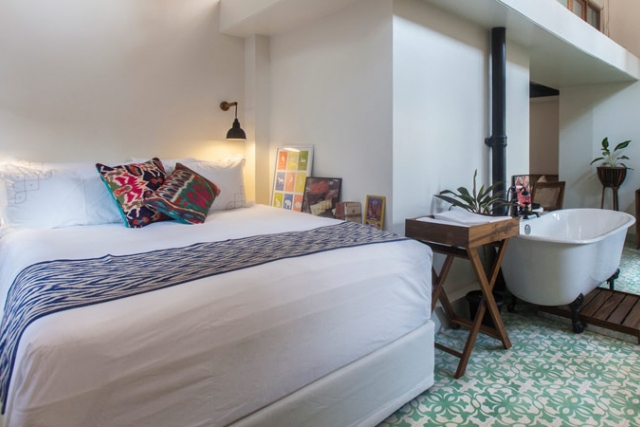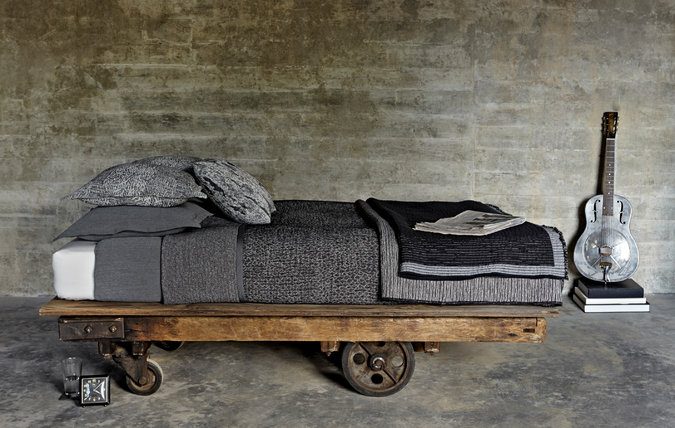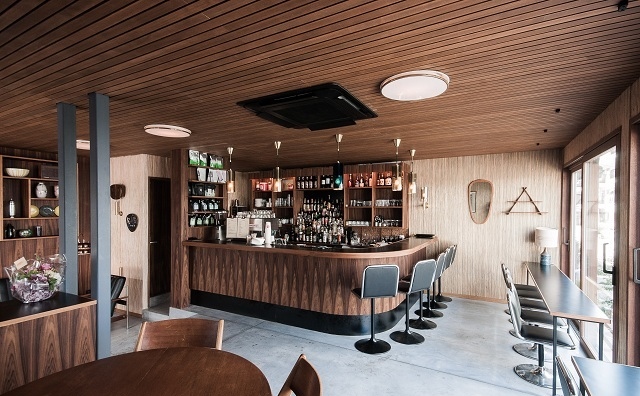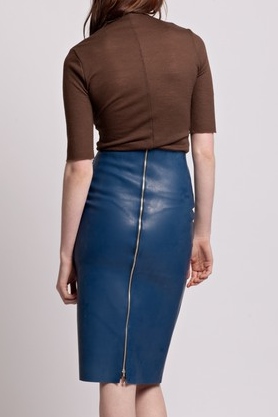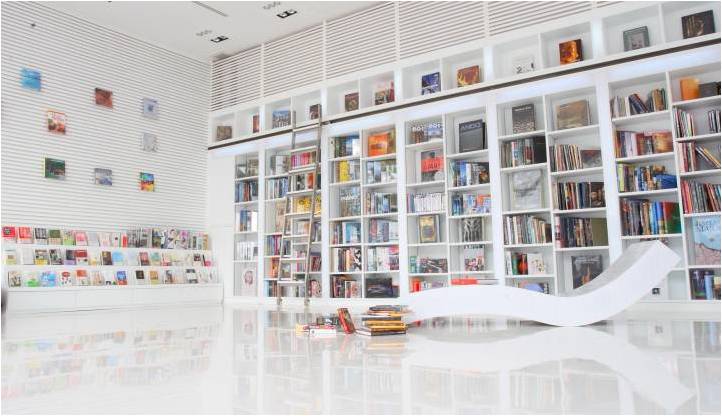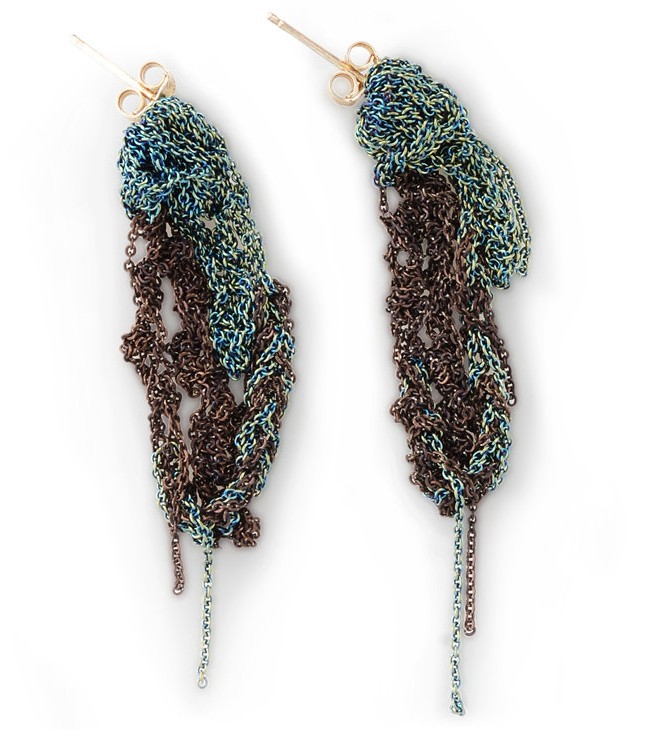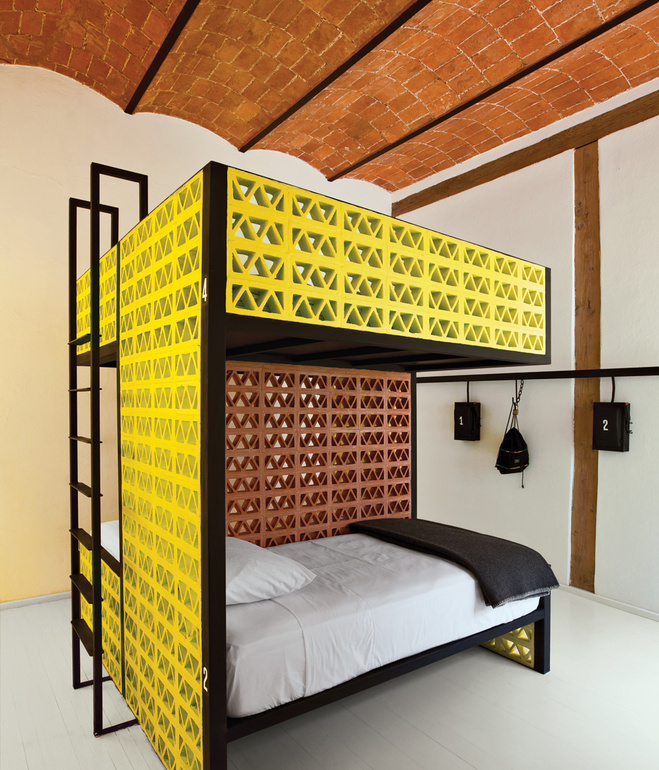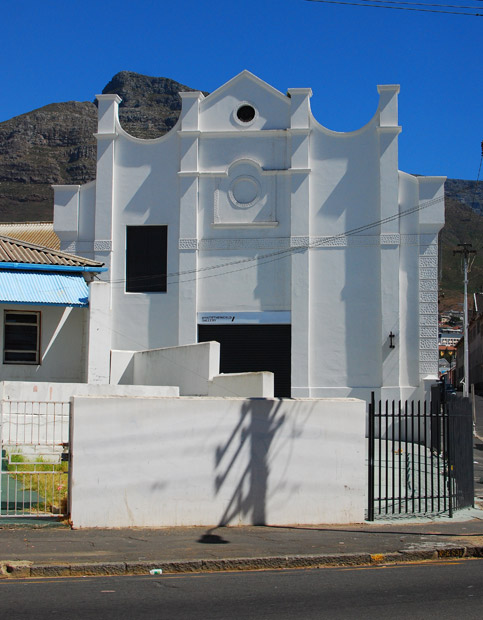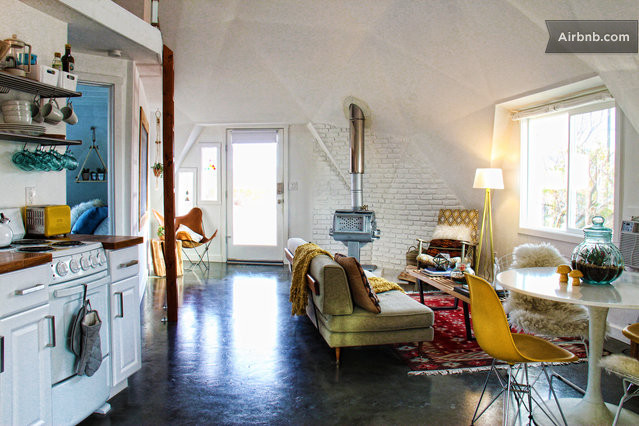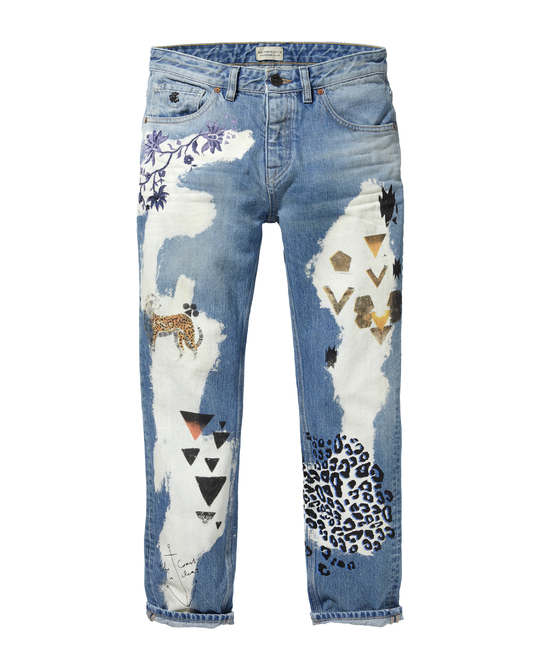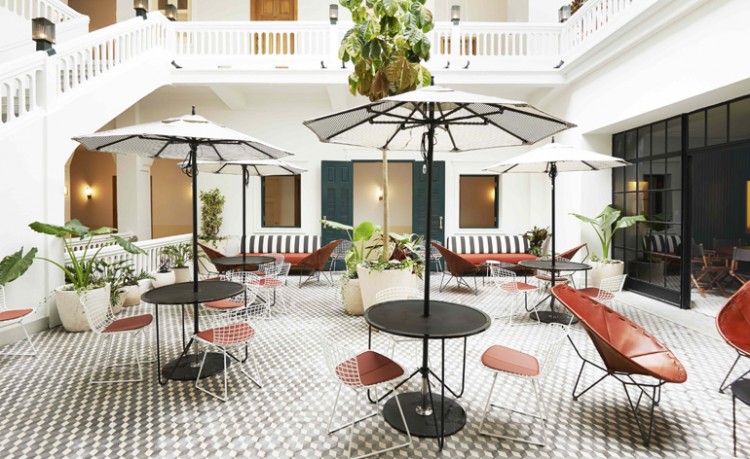Witty abode
You had me at bathtub. Abode, the first boutique hotel in Mumbai, India, boasts 20 airy rooms dressed in an eclectic design mix, from art deco-inspired custom tile floors to bedside tables repurposed from roadside chaat stands and vintage saris as upholstery. With beds wrapped in cotton linen and robes and handmade slippers at the ready, I would take a break from the Bombay bustle in this breezy jacket by Valentine Gauthier, aptly made in a small, NGO-run workshop in India.
But I digress; back to Abode. Nestled in Colaba, a historic part of town rich with landmark buildings, Abode’s own was built in 1910 as the private residence of an influential entrepreneur. Now, its stately wood-and-iron façade is augmented by a neon light installation quoting Bombay native, Rudyard Kipling. “If you can keep your wits about you while all others are losing theirs the world is yours.” Truth.
